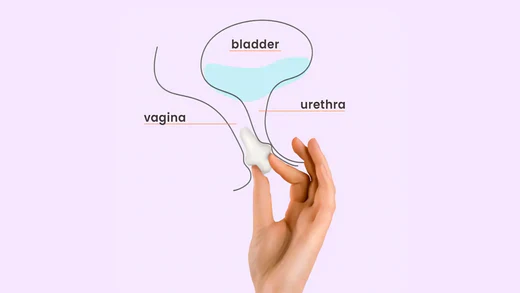Understanding Female Stress Urinary Incontinence
Stress urinary incontinence (SUI) is a common condition affecting many women, characterized by the involuntary leakage of urine during activities that increase abdominal pressure, such as coughing, sneezing, laughing, or exercising. While it can be distressing, understanding the condition and knowing the available treatment options can help you manage and improve your quality of life.

Causes
SUI occurs when the pelvic floor muscles and tissues that support the bladder and urethra become weakened. This can result from:
- Childbirth: Vaginal childbirth can stretch and weaken the pelvic floor muscles.
- Aging: The natural aging process can lead to loss of muscle tone and strength.
- Surgery: Procedures like hysterectomy can affect pelvic support structures.
- Obesity: Excess weight increases pressure on the bladder and pelvic muscles.
Diagnosis
Diagnosis typically involves a thorough medical history, physical examination, and sometimes additional tests. Your provider will ask about your symptoms and conduct a pelvic exam, which will include a "stress test," where you are asked to cough or exert yourself to see if urine leakage occurs.
Treatment Options
There are several treatment options for SUI, ranging from non-invasive to surgical interventions.
Pelvic Floor Exercises (Kegels)
These exercises involve tightening and relaxing the pelvic floor muscles to strengthen them. Regularly performing Kegels can improve bladder control. They have a high success rate for mild SUI, with some studies suggesting improvement in symptoms for up to 70% of women when performed correctly and consistently.
- Here is a helpful link to Kegel exercises at home.
- Please note that if you have chronic pelvic pain these exercises without guidance from a pelvic floor physical therapist will likely make pain worse.
Pelvic Floor Physical Therapy
A specialized physical therapist will guide you in exercises and techniques to strengthen your pelvic floor muscles. This therapy can be highly effective, especially when combined with other conservative treatments.
Vaginal Pessary
Small removable vaginal devices can be used for women with stress urinary incontinence. A traditional pessary involves a fitting in the office. There are also devices such as Uresta that do not require a prescription or an in-office fitting.

Emsella Chair
This non-invasive treatment uses high-intensity focused electromagnetic technology to stimulate and strengthen pelvic muscles. It provides thousands of Kegel contractions in a single session. Clinical studies have shown significant improvement in symptoms, with success rates reported around 75% for some patients.
Urethral Bulking with Bulkamid
Bulkamid is injected into the walls of the urethra to help it close more effectively, reducing leakage. This minimally invasive procedure is relatively low risk, with common side effects including temporary discomfort or urinary tract infections. 92% of women experience significant improvement in symptoms.
Mesh Retropubic Midurethral Sling
This gold standard surgical procedure involves placing a mesh sling under the urethra for support and to prevent leakage. It has a high long-term success rate with minimal risks.
Autologous Fascial Sling
This surgical option uses a strip of your own tissue to create a sling supporting the urethra. It is generally considered for women with more severe SUI or who cannot have synthetic mesh. Success rates are similar to those of mesh slings, but it involves a more extensive surgical procedure.
Risks and Considerations
Each treatment option comes with its own set of risks and potential complications. It's important to consult with your provider to discuss which treatment option is best suited for your individual needs and lifestyle. With the right approach, many women find significant relief from symptoms and an improvement in their quality of life. Remember, you are not alone, and effective treatments are available here at the Texas Tech Physicians Urology Clinic.
For more information, please listen to us discuss incontinence on the Texas Tech Health Check podcast!